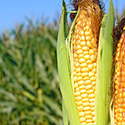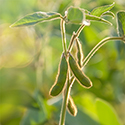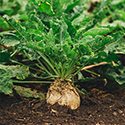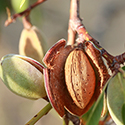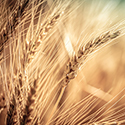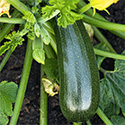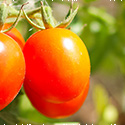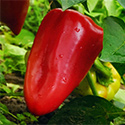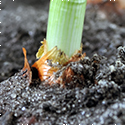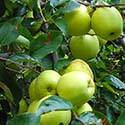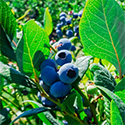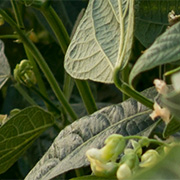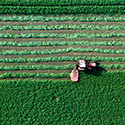Tips for growing green beans
- Green Beans, snap beans, string beans and French green beans are all the same thing Phaseolus vulgaris
- Green beans tend to bend naturally, and are bred to be straight for easier harvesting and packaging
- Bean plants can be hand-harvested as many as 5 times, 2-3 days between picks
- Machine harvested beans are harvested only once
- Wisconsin leads the nation in green bean production at over 305,000 tons for 2022
- New York, Michigan, Florida and Oregon follow Wisconsin
Growing green beans
- There are two growing habits; pole beans (often called runner beans) and bush beans. Bush beans are stand-alone, pole beans need a trellis.
- Pole beans are generally hand-picked, bush beans machine harvested
- Hand-picked beans are often sold fresh, bush beans are canned or frozen
- Beans should be picked when they reach a minimum length, determined by variety
- Bush beans should be harvested before the beans swell in the pod, making small bumps appear
- Pole beans are good for hand-picking, because they are up higher
- Beans are legumes that fix nitrogen, so they are a good rotator
- About 60-70 days seed to harvest are required, then 3-5 days between picks
- Pole beans can take an extra week before ready to harvest
- Adequate moisture is required during flowering, pod set and pod development, about 1-1.5” per week
The market for green beans
World production of green beans was 28 Million Tonnes in 2019. China led the way with over 77% of total production. More recently China has exported more beans, but mainly to Hong Kong as shipping costs to the Americas are prohibitive. About 10 years ago much of the production of green beans in Europe shifted to Africa, and as a result Morrocco is the leading exporter.
United States produces about 800,000 tons of snap beans per year. Wisconsin leads all states with about 305,000 tons per year. For 2023, total production measured in dollars was 362,426,000, of that $120,741,000 was processed, $241,685,000 fresh (Source .nass.usda.gov).
Green beans can be processed by canning or freezing. Some runner beans such as kidney and navy beans are usually dried.
Challenges growing green beans
Green beans are susceptible to frost damage. Depending on the region, beans can contract a variety of diseases Treatments include 3-5 years between plantings, as well as suspending gardening tasks around the beans when the foliage is wet. Beans are a warm weather crop and seeds may not germinate in soil less than 50° to 60° F. Seeds planted at depths greater than 2” may also fail to germinate, or may germinate but not push through.
Green beans need regular irrigation. Drip irrigation is recommended, so that plants get enough moisture directly to their root system.
While pole beans generally give better yields, bush beans are easier to grow because pole beans require a sturdy support trellis or fence. Plant residue should be removed from the growing area to prevent disease spread.
Fresh beans generally keep well for 8-12 days, although vacuum processes and refrigeration can extend freshness as can refrigeration.
Analytics for green beans
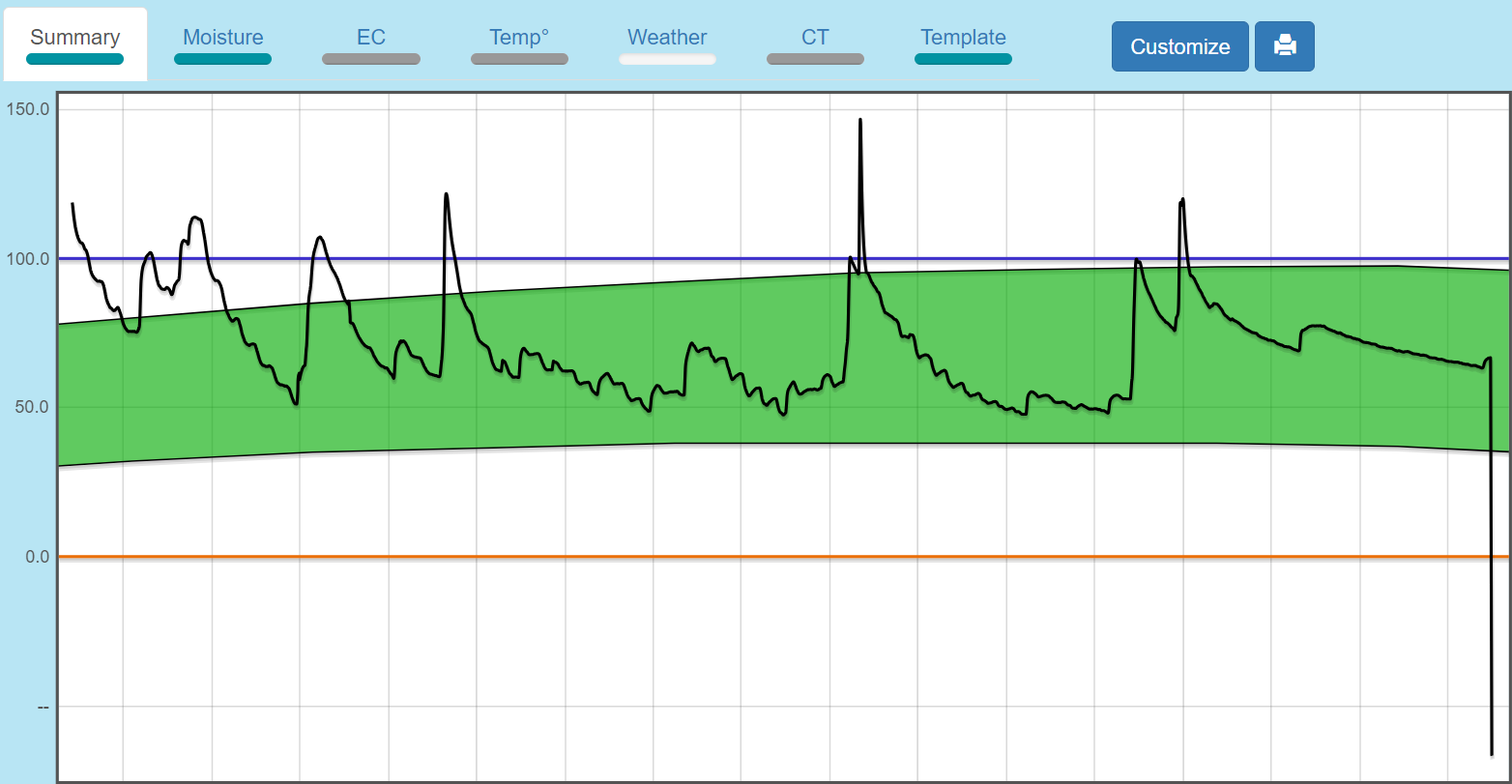
Contact AquaSpy
AquaSpy for green beans
With a Crophesy annual subscription, you receive a free simple, three-, six- or twelve sensor, wireless, soil moisture probe. Pick the sensor depth based on your green bean type and growing methods.
Then you can instantly monitor soil and crop health for all of your green beans. And if you want to test the soil in other areas, you can quickly and easily move the moisture probe, which is battery-powered and provides season-long insight.
While you can look at the visual analysis of leaves, spending hours in your field, Crophesy enables you to open your app from anywhere and show you what kind of nourishment is available in your soil at your green beans’s root depth. With this data, you can determine when the active root zone needs vital nutrients.
In addition to nutrient data, the Crophesy app can show you:
- Moisture consumption at the root level
- Salinity level in the active root zone
- Root depth
- Soil temperature near the sensors
- Irrigation depth
And it tells you all this without you having to step foot in your green bean field.

